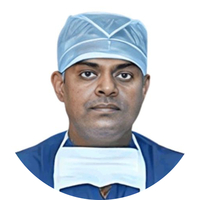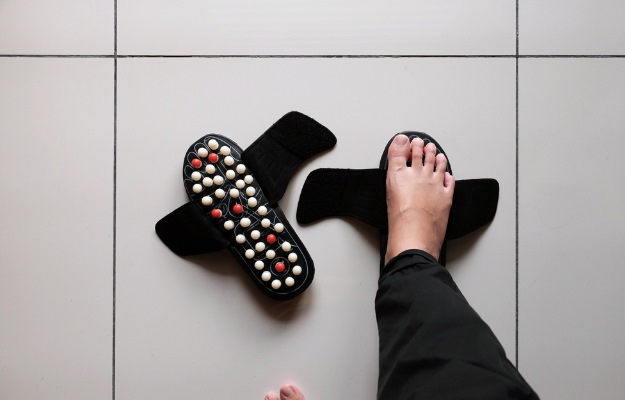Stem cells are the cells present in the human body that give rise to all other specialised cells with defined functions. These cells also give rise to other stem cells to continue the cycle. There are two types of stem cells in human beings – the embryonic stem cells (responsible for the formation of the embryo and baby in the mother’s womb) and non-embryonic or adult stem cells. The role of embryonic stem cells is to give rise to all kinds of cells that are needed to synthesise a human baby and help in its development. Thus, they are referred to as pluripotent (meaning they can give rise to any kind of cell). However, adult stem cells are fewer in number and are thought to have limited capability, giving rise to a smaller range of cells that need renewal in an individual. An example of adult stem cells are the stem cells present inside the bone marrow (hematopoietic stem cells) that can only give rise to new blood cells. Scientists have been able to turn adult stem cells into pluripotent stem cells, called induced pluripotent stem cells and capable of giving rise to all kinds of cells. By employing this advantageous and peculiar property of stem cells, medical therapies have been created and more are being researched to help treat and prevent many mystifying diseases. The most widely used form of stem cell therapy is hematopoietic stem cell transplantation, which is an expensive, albeit potentially life-saving, therapy.
(Read more: Immunotherapy)
































